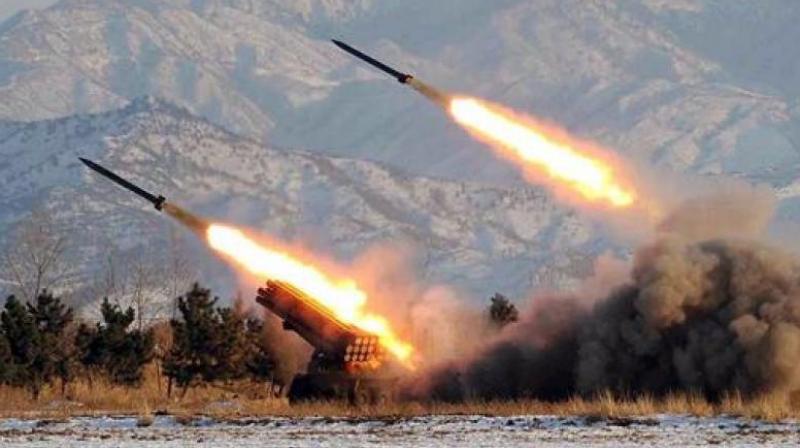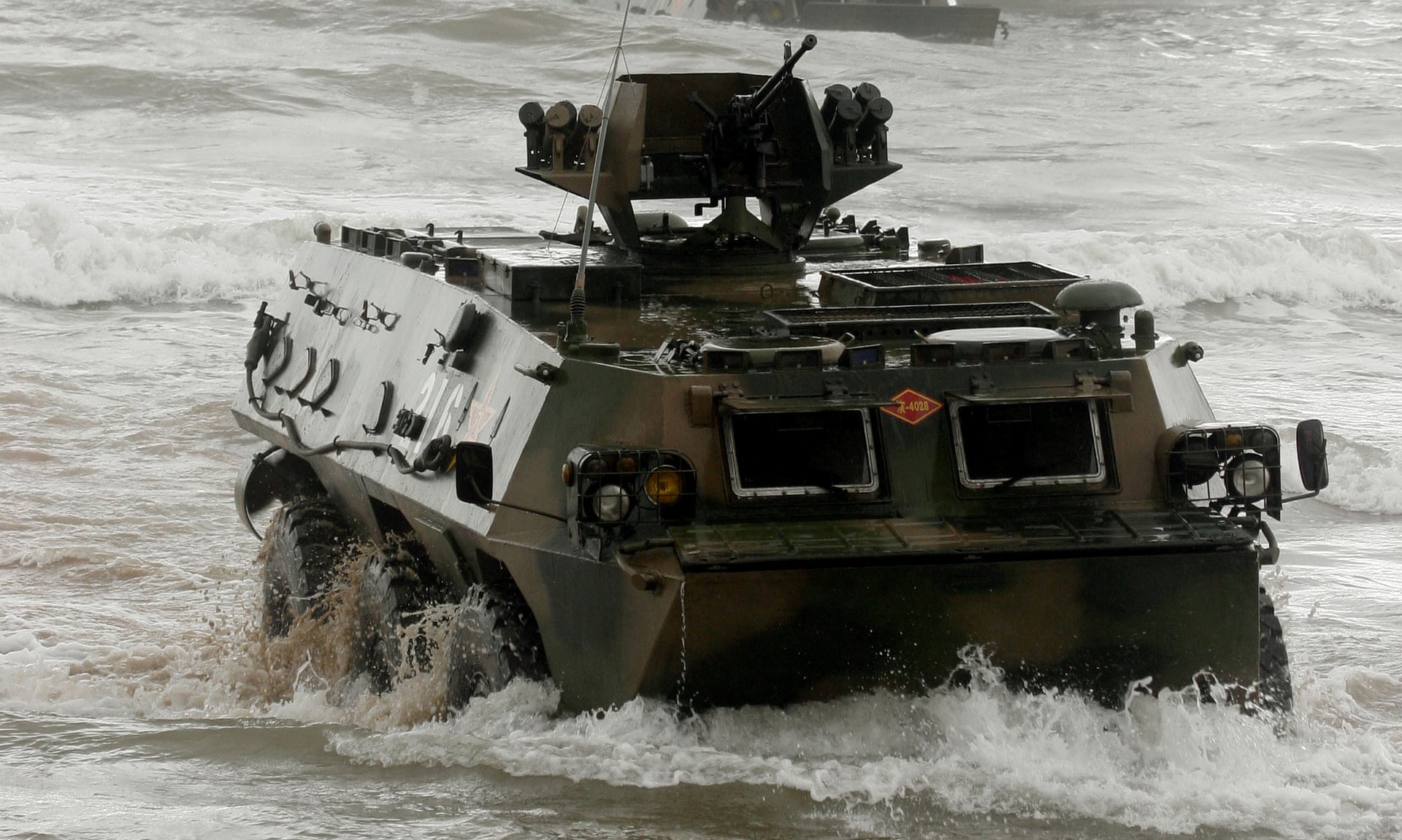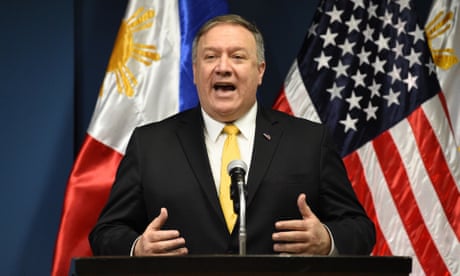Duterte is attacking a pillar of America’s military posture in the Western Pacific.By DAVID FEITH

Another week, another foreign trip, another
Rodrigo Duterte crisis: Fresh from visiting Beijing and announcing an ominous but vague “separation” from the United States, the Philippine president this week visited Tokyo and got specific: U.S. troops should be out of the Philippines within two years.
A U.S. ally is now attacking a pillar of America’s military posture in the Western Pacific.
Before almost any Americans had heard of Mr. Duterte, in 2014, his predecessor signed a deal to cement cooperation with the U.S. against China’s drive to dominate the South China Sea, Asia’s central waterway.
The agreement invited the U.S. to rotate troops and materiel through Philippine bases while boosting train-and-equip programs for Philippine troops.
“Well, forget it,” Mr. Duterte says of the deal now.
“I don’t want to see any military man of any other nation except the Filipino,” he declared Tuesday, characteristically overlooking the Chinese forces illegally occupying Philippine territory at Scarborough Shoal and the Spratly Islands.
Here’s an Asian pivot worthy of the name: Rarely has any country reoriented its foreign policy so dramatically and so quickly.
Manila’s friends in the U.S. are confused and questioning: Is the alliance lost?
Is Mr. Duterte’s gambit an indictment of Washington’s own underwhelming pivot to Asia?
The answers carry lessons for the next U.S. president.
It’s true that the celebrated U.S. pivot, intended to deter China and reassure friends like the Philippines, has mostly amounted to better U.S. attendance at confabs like the East Asia Summit; important but limited openings to new partners Vietnam and India; and modest new U.S. military deployments to Singapore, Australia and (yes) the Philippines.
The U.S. has undercut these gains by slashing defense budgets, embracing strategic retrenchment, letting Iraq and Syria burn, and so far failing to complete the trans-Pacific trade deal marketed as the pivot’s key element.
It’s also true that the U.S. failed to stop Beijing’s seizure of Scarborough Shoal from the Philippines in 2012, its most aggressive maritime move.
When Chinese fishermen and armed coast-guard ships evicted Philippine boats from the area, U.S. diplomats brokered a deal for both sides to withdraw—then stood by as Manila honored the deal and Beijing didn’t.
This hurt trust in the U.S. and whetted Beijing’s appetite.
As Ely Ratner, now a White House official, wrote in 2013: “Chinese officials and pundits began speaking of a ‘Scarborough Model’ for exerting regional influence.”
China soon built militarized artificial islands off the Philippine coast, with no effective pushback from Washington.
“America would never die for us,” Duterte charged last year, two months before announcing his presidential bid.
“If America cared, it would have sent its aircraft carriers and missile frigates the moment China started reclaiming land in contested territory, but no such thing happened.”
Yet would a stronger U.S. pivot have kept Duterte onside?
Unlikely.
The 71-year-old was fiercely anti-American long before the fall of Scarborough Shoal.
Until this year he was mayor of Davao, in the restive southern province of Mindanao, where he opposed U.S. forces invited by national leaders to fight al Qaeda-linked Abu Sayyaf terrorists.
He barred U.S. drones from Davao, boasted of his “hatred” for the U.S. after a local hotel bombing he blames on the FBI, and refused the job of Philippine defense secretary in 2006 rather than work with Uncle Sam.
A former student and admirer of Jose Maria Sison, exiled founder of the Communist Party of the Philippines, Duterte considers the U.S. a former colonial overlord trying to keep his country under foot.
He resents U.S. criticism of the extrajudicial killings involved in his signature crackdown on drugs—it’s why he called
Barack Obama a
“son of a whore”—and at their first meeting he reportedly confronted Obama with a photograph of Filipinos slain by U.S. forces a century ago.
So the U.S. is dealing with a proud ideological foe.
Whether he’ll cause irreparable harm to a 65-year-old alliance, though, remains uncertain.
Voters elected Duterte mostly to fight crime and raise incomes, not to spurn the U.S. for China.
The Philippines is the world’s most pro-American country, according to Pew: 92% of Filipinos last year viewed the U.S. favorably; only 82% of Americans view their own country favorably.
This is thanks to cultural and linguistic ties dating to the colonial era, the large and successful Filipino community in the U.S., and America’s standing as the Philippines’ second-largest trade partner behind Japan—all in addition to its liberation of the islands in World War II and its more recent contributions of military and humanitarian aid.
China by contrast is viewed with suspicion, identified as it is with unpopular business elites and bullying in the South China Sea.
Hence the mounting pushback against Duterte—not only from political rivals but from the likes of former President Fidel Ramos, a respected elder statesman and former Duterte ally with close ties to the military, and Antonio Carpio, a Supreme Court justice who warned that undermining Philippine sovereignty at Scarborough Shoal would be an impeachable offense.
The U.S. can help as its Philippine friends try to check Duterte.
For one, it can show that China isn’t the only country with strategic dollars to spend.
As much as the Philippine military values U.S. training and equipment, U.S. aid fell from 2010 to 2015.
The U.S. started to fix that last year with its Maritime Security Initiative, but Congress can do far more.
Mr. Obama and his successor meanwhile must show that the presidential transition won’t distract from U.S. commitments in Asia.
The impression of U.S. strategic drift might not have created Duterte, but it gives him room to run.
He’ll have less if the next U.S. president enters office pledging significant increases in defense spending.
Adversaries in Beijing and Moscow know to read U.S. budget tables, and so do leaders in Manila weighing how hard to fight for a U.S. alliance on the ropes.

 Beijing currently has just one overseas military base, in Djibouti.
Beijing currently has just one overseas military base, in Djibouti. 




